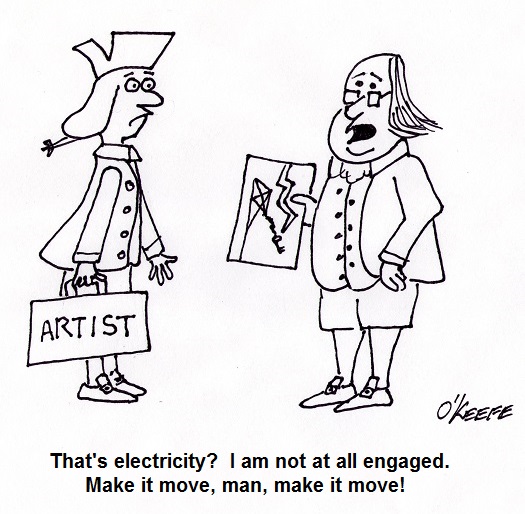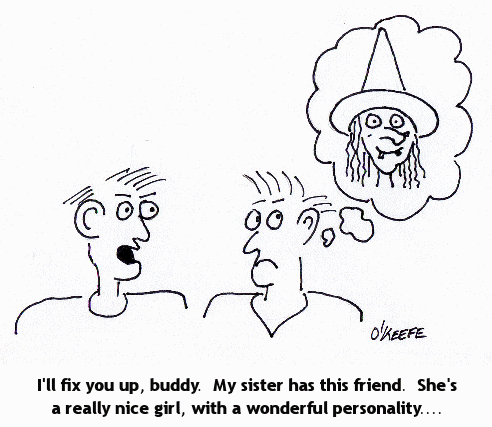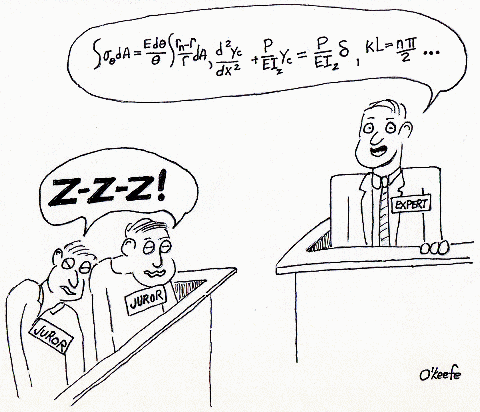| Last week we began our discussion on perception and how without visual cues individuals exposed to the same verbal information will oftentimes arrive at different conclusions as to what they just heard. We also touched on the fact that peoples’ attention spans are extremely limited, so much so that experts studying human behavior conclude that even when the subject matter is extremely interesting to the listener, their ability to absorb information is limited to mere minutes.
No one would argue the fact that we live in the Visual Age. Most images are flashed at us for only a few seconds. Our appetites for visual arousal seem never to be satiated, and venues that lack a visual component are suffering shrinking audiences. Orchestras come to mind. Even pop stars and professional sporting events today employ huge screens to “up” their visual content in the hopes of keeping their audiences engaged. This phenomenon was addressed way back in 1982, when the internet and its cornucopia of images was just a baby. Dr. Donald E. Vinson, a leader in courtroom behavior and trial strategy, wrote in the March, 1982 edition of Trial Magazine, “Attention span and the arousal of attention are fundamental to all perception,” a sentiment which Benjamin Franklin echoed in his statement, “If you would persuade, you must appeal to interest rather than intellect.” Dr. Vinson also states that, “Perceptions are constantly subject to emotional reinforcement, and those which are positively reinforced will tend to be better remembered.” And what’s supplying these necessary emotional reinforcements? Stimulation to the senses. And what type of stimulation is most effective? In Dr. Vinson’s opinion, “A moving stimulus is also more effective than a static one.” So will shortened modern-day attention spans result in speed trials that are equivalent to short movies? Anything is possible, but our legal system as it stands today isn’t able to produce this just yet. So how is an attorney trying to impress their message upon jurors from diverse backgrounds and life experience going to succeed in getting their message across? And what if that message is complicated and requires certain technical aptitudes? Will verbal descriptions be enough? Considering the fact that the average adult American reads at or below the 5th grade reading level, it is unlikely. Research findings discovered more than 30 years ago still hold true today. Messages are most effectively received when employing visual cues, and the most effective visual cue is one that moves. There’s a good reason why my blogs seldom lack a visual component… ___________________________________________ |
Posts Tagged ‘courtroom visual aids’
Courtroom Animations – Influencing Jury Perception
Monday, July 1st, 2013A Picture Is Worth A Thousand Of Them
Sunday, August 2nd, 2009|
Maybe more? Take the Mona Lisa. Who hasn’t gazed into the eyes of this mysterious female and wondered what she’s thinking, what da Vinci thought as he painted her? And yet, although the questions are many, the image speaks for itself and words seem unnecessary. The mood is clear, the emotional effect visceral. Words would only muddy the waters. And remember the last time you stood in front of an exhibit at the science museum, the one depicting the passage of time since Earth’s formation? Remember that small segment which represented the age when humans were introduced into the mix? Would the words, “humans are thought to have appeared a mere 200,000 years ago, while the Earth is said to be millions of years old,” produce the same effect? Now let’s switch tracks to something less beautiful, yet even more powerful, the photos of a crime scene. There’s a reason those photos are introduced to a jury. The reason has to do with the power of images that transcends all words. Courtroom visual aids introduced to juries in civil cases can be just as powerful. These visual aids could include annotated photographs from a forensic engineering inspection, technical illustrations showing the motion of a complicated mechanism, or scale models that put very large or very small objects into perspective. We live in the Visual Age, there’s no denying it. And studies show that attention spans just keep getting shorter. So the next time you want to get your message across, don’t tell them what you want them to know, show them. Give them something interesting to look at! ____________________________________________________________________ |
The Most Effective Expert Witness Is Born, Not Made
Wednesday, July 1st, 2009 Can there be any question about the fact that credibility is at the heart of every lawsuit? There is no argument that attorneys must appear credible to the jurors and that the evidence they present must be deemed credible. And those that are called to the stand to act as witnesses or experts must, undoubtedly, also be credible. So what makes for a credible expert witness? It may not be what you first think, for although the best expert witnesses demonstrate an uncanny natural ability to teach, they are, by and large not PhD’s, that is to say, they are not professional teachers. Jim McElhaney, senior editor and columnist for Litigation, the journal of the ABA Section of Litigation and author of the article, “Put Simply, Make Your Experts Teach,” which appeared in the May, 2008, ABA Journal may say it best:
In other words, the most effective expert witnesses: 1) Are down-to-earth … people who the jurors can relate to; 2) Are able to convey their message in everyday language, not the jargon of their profession, because people cannot accept as truth what they don’t understand; 3) Are effective at explaining things and enjoy demonstrating to others how things work; 4) Are able to tell a story, paint a picture, whatever it takes to enable the jurors to visualize the point; 5) Will know how to use visual aids, that is, demonstratives, to make the case facts come alive, because jurors need to “see” the facts. In short, your best expert is someone who is an artist capable of explaining the facts, however technical, in the most visual way possible. |






